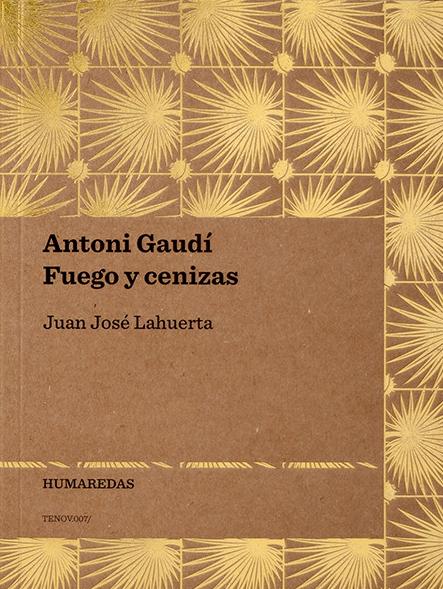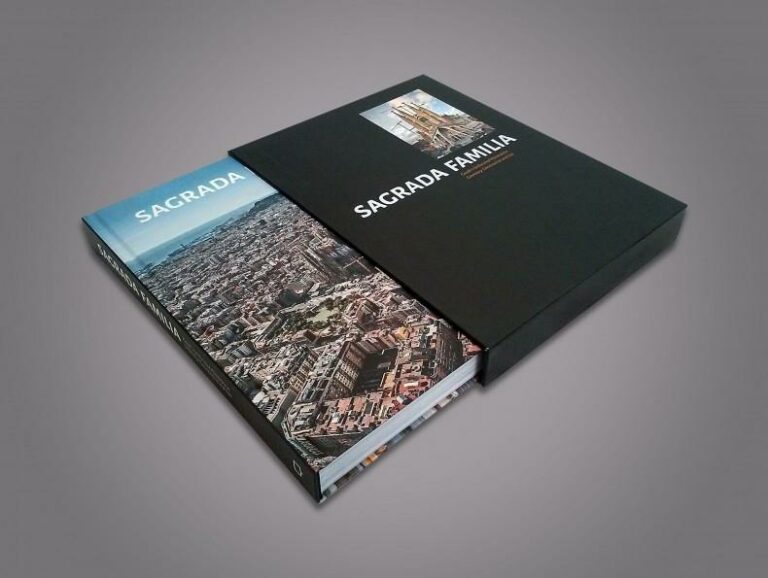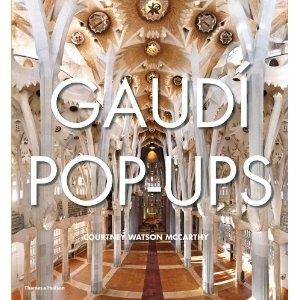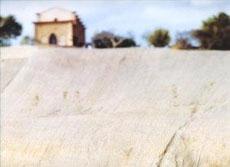ANTONI GAUDÍ. ORNAMENT, FIRE AND ASHES / Juan José Lahuerta
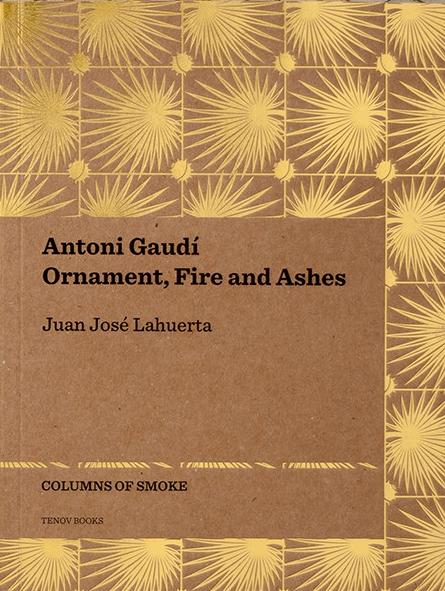
When the Corbusian International Modern style, with its contempt for ornament, imposed itself on architecture, figures like Gaudí (1852-1926) were relegated to the sidelines. In this volume, Lahuerta situates Gaudí in his context and vindicates his fin-de-siècle bohemian modernity.
Embodied in such powerful images as the spires of the Sagrada Familia and the flames rising from burning churches during the Tragic Week of 1909, the story takes us back to the Barcelona of the early twentieth century, when class struggle threatened to topple the prevailing capitalist model.
Drawing on rare original documents collected over several decades, the author shows that Gaudí was not an isolated eccentric but an architect who was keenly aware of the key theories and major works of his time and the creator of revolutionary technical innovations. His analyses of Gaudís writings reveal a pioneer in the use of industrial processes to produce ornamental details that seem handmade today.
Equally novel was the way that Gaudí exploited his status as a public figure, a media personality whose fame is reflected in the many caricatures of the architect and his buildings in the popular press.
His influence on avant-garde artists like Dalí, who admired the edible appearance of the Milà house, and Picasso, who was fascinated by the eroticism of the Batlló house, attest to the importance of Gaudís contribution to culture.
This entertaining volume is part of Columns of Smoke, a series of publications in which Professor Lahuerta turns his perceptive eye on the official narrative of modernity and its protagonists and the relationship between architecture, decoration and the print media.
JUAN JOSÉ LAHUERTA
Juan José Lahuerta is the Chief Curator of the National Museum of Art of Catalonia in Barcelona and professor of History of Art at the Barcelona School of Architecture. He has been a member of the Collegio Docenti della Scuola Dottorati del Istituto Universitario di Architettura of Venice and holder of the King Juan Carlos I Chair of Spanish Culture and Civilization at New York University.
He has published many books and essays for journals and magazines, on history of art and architecture in the nineteenth and twentieth centuries.
He was founder and joint director of the gallery C. R. C. Galería de Arquitectura (Barcelona, 1985-1987) and has been curator of the exhibitions: Dalí. Architecture,Barcelona, 1996; Modern Art and Spanish Magazines, Madrid, Bilbao, 1996; Margaret Michaelis: Photography, Avant-garde and Politics in Republican Barcelona Valencia and Barcelona, 1998, Universo Gaudí (Barcelona, Madrid, 2002), and Salvador Dalí, Federico García Lorca and the Students Residence, Madrid, 2010). He has worked as an adviser to the Reina Sofia National Art Museum in Madrid (2004-2005) and was senior curator for the Picasso Museum of Barcelona (2010-2011).
‘Lahuerta invites us to view Gaudi’s work in a new light, exposing the unusual and widely neglected significance of its ornamentation.’
‘This book is a gift for those who understand the act of reading as an exercise for intelligence.’
Francesco dal Co. Casabella
‘Superbly edited with many photographs, some unpublished, the book reflects how the architecture of Gaudí . . . became a symbol of the city of Barcelona during his lifetime, extending through media such as magazines and newspapers and impacting popular culture through jokes, cartoons, and postcards.’
Montse Frisach Avui
Hay existencias


